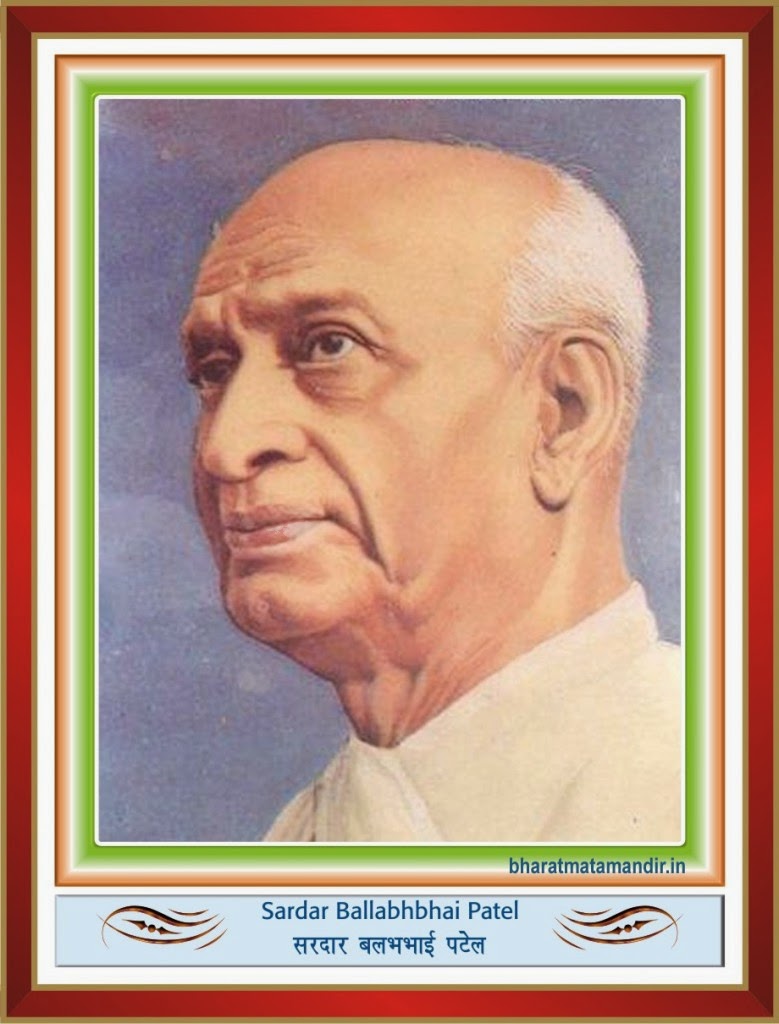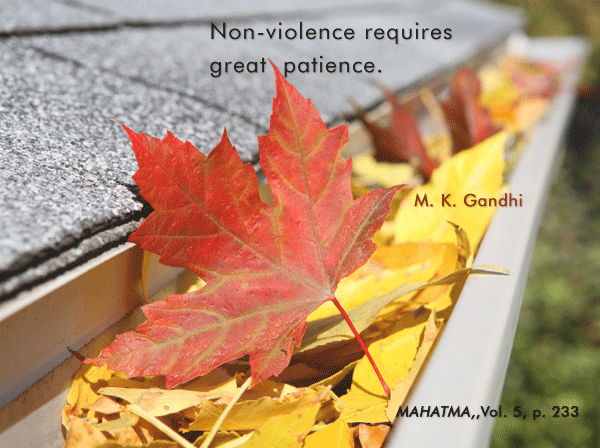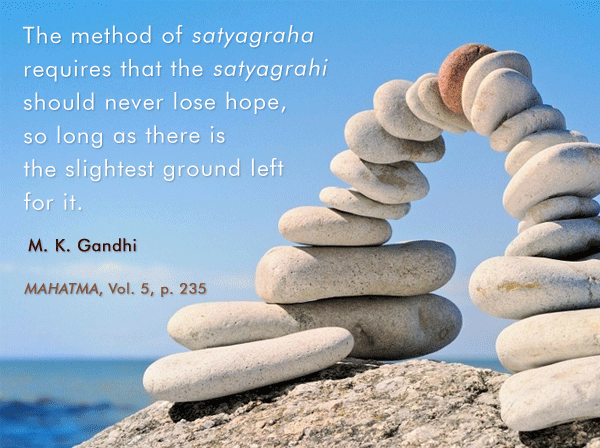No more tree-huggers :
The Hindu :
OPINION » COLUMNS » KALPANA SHARMA
July 6, 2013
THE OTHER HALF
No more tree-huggers :
Waiting and watching...The residents of Simli Village watch the Pindari in spate. These people lost their fields and homes in the recent disaster. Photo: V.V.Krishnan
Yet these compelling visuals hide other realities of that land, as Ravi Chopra highlighted in his prescient article in this newspaper (The Untold Story of Uttarakhand, June 25). While the media reports told us about stranded pilgrims, we forgot the people of the State who have been stranded not only by this natural disaster but also by decades of disastrous developmental policies.
The communities living in the mountains of Uttarakhand are no strangers to floods and landslides. Yet, when their mountains spew forth streams of mud, water and boulders as on the night of June 16/17, which destroy everything in their path, even the hardiest of communities will be devastated.
Uttarakhand is special in many ways. Its people have been pioneers in community-led initiatives to nurture the fragile environment. Everyone has heard of the Chipko movement of the 1970s when the women of Reni village, Hemwalghati in Chamoli district, hugged the trees and prevented loggers from cutting down their forests. Chipko was the dramatic representation of what scores of other groups, mostly led by women, have been doing for decades to oppose deforestation or the substitution of local tree species with those that would fetch attractive returns when cut and sold.
Women’s participation in these struggles is not accidental. The women of the hills have long had to bear the burden of heading households as their men migrate to work in the cities. Their main workload has traditionally been to find fuel and fodder. In days past, water was never a problem. But today, in addition to the other tasks, they also have to find water. Deforestation has led to greater run-off of topsoil. The mountain slopes, bare of vegetation or topsoil, cannot hold the generous supply of water that comes in the form of rains. Instead the water cascades down in landslides, taking with it more soil and rocks. When the forests were untouched, the rainwater would percolate and replenish the plentiful mountain springs that were a perennial source of water.
We also forget, when we see visuals of roads that have been washed away, what happens to the lives of communities living in villages and hamlets in mountainous regions. The absence of even small roads accentuates their isolation. If someone is sick, they cannot easily reach a public health facility. Even if they want to educate their children, it is not easy to ensure that their children attend the nearest school. And of course, the scattered nature of settlements also means that they will not get electricity, because it is difficult and expensive to take grid-based electricity to them. What an irony that in a State that is aiming to become a source of hydroelectric power, its people continue to live in the dark. In fact, the topography of much of Uttarakhand makes it ideal for decentralised, renewable energy systems that would best serve the needs of its people.
There are many such “ifs”. The tragedy of the Uttarakhand floods has been compounded because the wisdom of those women, who hugged the trees in the 1970s and brought real name and fame to this region, has now been forgotten. Their courage and far-sightedness, if translated into developmental policy, might not have prevented natural calamities. But there is no doubt that it would have miminised damage in the face of calamities.
E-mail: sharma.kalpana@yahoo.com
OPINION » COLUMNS » KALPANA SHARMA
July 6, 2013
THE OTHER HALF
No more tree-huggers :




Comments